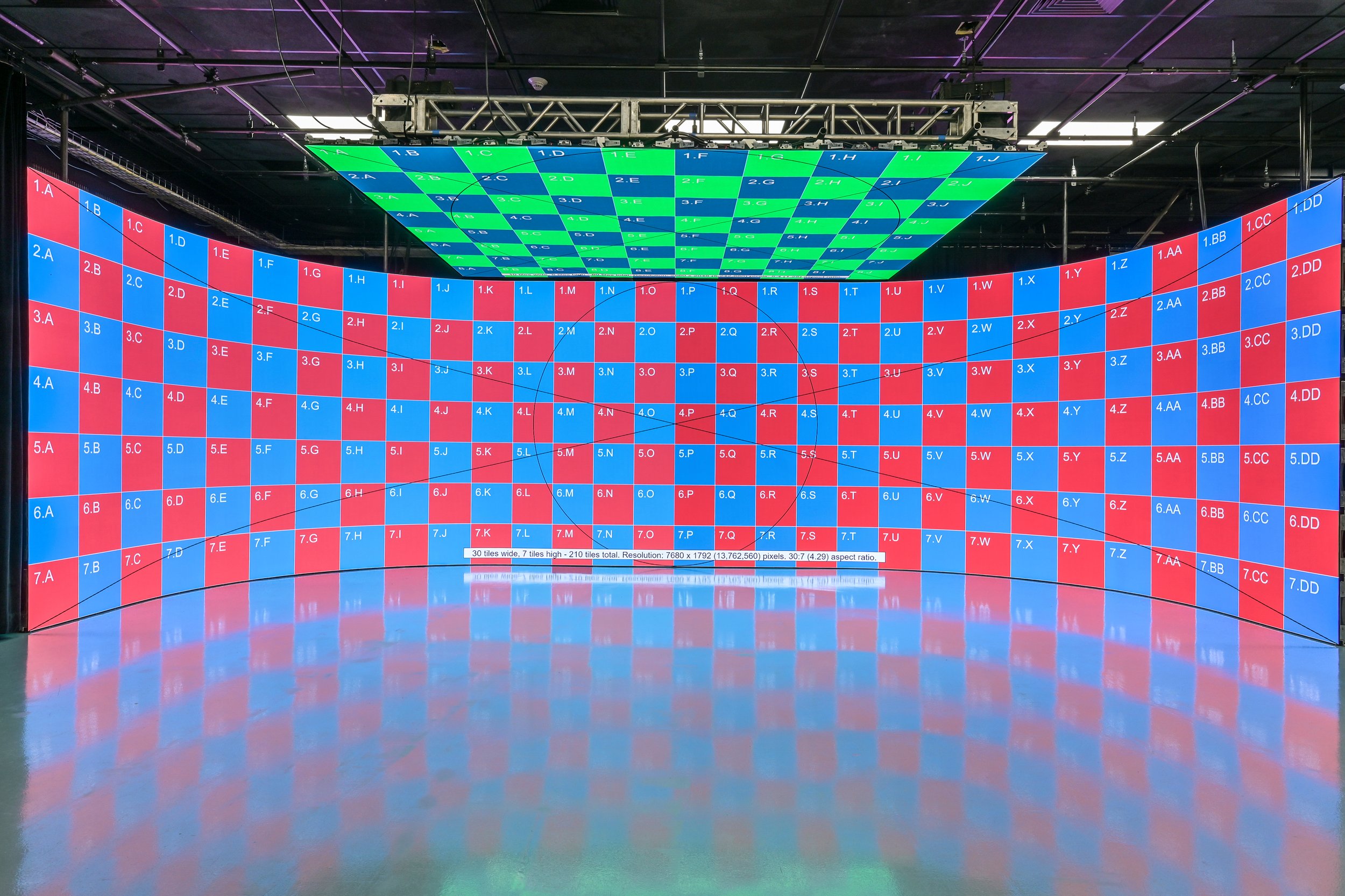Exploring the Longevity of Light Emitting Diode Wall Panels in Contrast to Traditional Screen Technologies
Exploring the Longevity of Light Emitting Diode Wall Panels in Contrast to Traditional Screen Technologies
Blog Article
Light-emitting diode wall screens have grown increasingly favored in current years, especially in environments like educational institutions, businesses, and public spaces. These screens use LED diodes (LEDs) to create bright and lively visuals. One of the most notable benefits of LED innovation is its durability in contrast to traditional display technologies, such as cathode tube monitors (CRTs) and liquid crystal displays. Grasping the distinctions in duration and performance between these technologies can help consumers make knowledgeable choices about their screen needs.
Traditional screen technologies, like CRTs, have been around for many decades. They were commonly used in TVs and computer monitors. However, CRTs have a limited lifespan, typically lasting approximately 10,000 to 20,000 hrs of use. This means that after a couple years, users may observe a deterioration in picture clarity, such as dimming or color deformation. In contrast, LED wall screens can last significantly longer, often exceeding 50,000 hrs. This extended lifespan means that consumers can experience consistent performance without the requirement for frequent substitutions.
Another crucial aspect to consider is power efficiency. LED wall screens utilize less power than conventional screens, which not only helps the environment but also lowers electricity expenses. For example, while a CRT monitor may consume around 100 watts of energy, an LED screen can use as little as 30 to 50 W. This discrepancy in energy consumption adds to the total longevity of LED technology, as reduced power consumption generates minimal heat. Excessive heat can harm electrical components, leading to a reduced duration for traditional displays.
In furthermore to their longer lifespan and power conservation, LED wall panels also offer enhanced image quality. They offer more vivid colors and better differentiation, making them ideal for multiple uses, from advertising to educational displays. The technology behind LED panels allows for a broader sight angle, meaning that images remain sharp and lively even site here when seen from the side. This is a significant advantage over conventional screens, which often suffer from color deformation and diminished luminosity at wider angles.
In summary, the durability of LED wall panels compared to conventional display methods is a key aspect for buyers to consider. With lifespans that can exceed 50,000 hours, power conservation, and enhanced image quality, LED technology offers many advantages. As innovation continues to progress, LED wall panels are probably to become even more prevalent in multiple settings. Understanding these distinctions can assist people and entities make better choices when investing in display technology, guaranteeing they get the optimal worth for their needs.